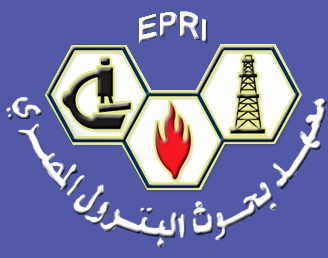Article Type
Research Paper
Abstract
Pore pressure evaluation and prediction is one of the most important tools in the oil and gas industry. It was described as the fluid pressure within the pores of a subsurface deposit. When the formation pressure value of a certain zone is above or below the normal formation pressure values, this formation is referred to as an abnormal pressurized zone or a subnormal pressurized zone. Respectively, finding the most precise method for calculating formation pressures has involved numerous approaches since 1943. Pore pressure prediction using ANN Model for Pore Pressure Prediction (MATLAB Model) and Multi-Layer Perceptron (MLP) in this research considered a novel application of ANN in oil and gas industry. Formation pressure could be evaluated through different methods, from Eaton equations for (Dxc- and Well logging data). The Artificial Neural Network (ANN) model revealed that the following variables are presupposed to be defined in the script created by the neural fitting program to solve an input-output fitting problem: (X = input data, Y = target data), as 70% of the real data for the training data, (15% for the validation and 15% for the testing data) of the 220 records, the matching between input and output data estimated for pore pressure has a highly accurate correlation coefficient (R) of 0.95299 and an average absolute percentage error (AAPE) of 0.4796% for all fitting areas according to MATLAB and Coefficient of Determination (R2 )=0.863 with metrics mean absolute error (mae)= 128.86 psi according to the python programing. The wells used in this study are eight wells (Amal-19, Amal-18, Amal-17ST, Amal-16, Amal-12, Amal-11, Amal-10, and Amal-9) located at Upper and Lower Rudeis Formation at Al-Amal Oil Field, Gulf of Suez area, Egypt.
Keywords
Formation pressure, RFT, Dxc, Artificial Intelligence techniques, Feedforward Neural Networks, Empirical correlation.
Recommended Citation
Elhassanien, Amira A.; Nooh, Ahmed.Z.; and Abu-Hashish, Mohamed F.
(2024)
"Pore Pressure Prediction using the Artificial Intelligence techniques; a case study of Rudeis Formation at Al-Amal Oil Field, Gulf of Suez, Egypt,"
Egyptian Journal of Petroleum: Vol. 33
:
Iss.
4
, Article 2.
Available at: https://doi.org/10.62593/2090-2468.1045
Creative Commons License

This work is licensed under a Creative Commons Attribution-NonCommercial-No Derivative Works 4.0 International License.







